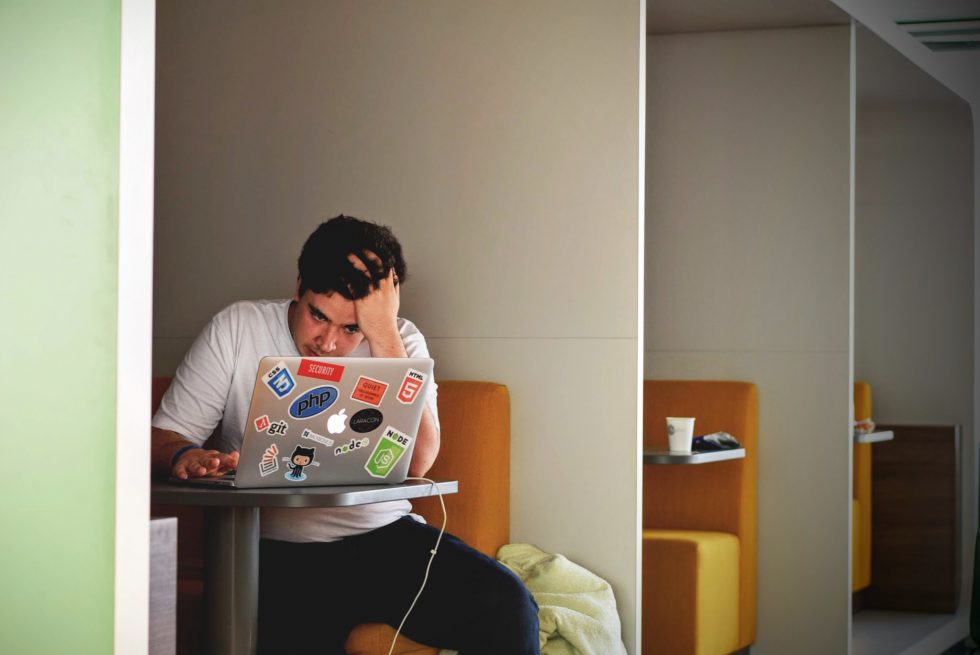According to the World Health Organization, cases of anxiety increased due to the COVID-19 pandemic. Over four million students from age three to seventeen have received an anxiety diagnosis, according to the CDC. Now that students are returning to in-person learning, those statistics are sure to grow higher. Anxiety in the classroom affects students at all grade levels. It can have devastating effects on their academic performance as well as their social lives. Therefore, it’s essential for schools to be ready to help with managing student anxiety in the classroom.
Why Should Schools Be Concerned About Student Anxiety in the Classroom?
Anxiety isn’t just butterflies in the stomach or slight nervousness. On the contrary, anxiety can affect nearly every aspect of a student’s life, both at home and at school. Anxiety may lead students to avoid social situations. It can also make them avoid speaking in public and taking appropriate risks. This can lead students to miss school or to not complete their homework. It can also disrupt social and familial relationships as well as relationships with teachers. Anxiety also causes difficulty with concentration and thinking. Anxiety, stress, and depression can disrupt executive functions, including memory and planning. Therefore, it’s essential that schools be prepared to help students with managing anxiety in the classroom.
What Types of Anxiety Do Students Experience in the Classroom?
It can be difficult to detect anxiety in the classroom simply because there are so many different forms of anxiety. In fact, anxiety often surfaces in very different ways. Students may complain of stomach pain or nausea, or they might be prone to angry outbursts. The Child Mind Institute offers a list of kinds of anxiety. According to the Child Mind Institute, students can experience anxiety as “selective mutism.” This makes it difficult for students to speak in the classroom or to the teacher. Some students become anxious when separated from their caretakers. Others may be so self-conscious that it interferes with their ability to participate in class and social activities.
How to Recognize Student Anxiety in the Classroom
Though anxiety can be difficult to recognize, there are certain signs for which teachers and administrators can look. For instance, if students have trouble separating from their caregivers or if school causes them anxiety, they may have attendance problems. Similarly, students with separation anxiety can be clingy and want to check in with parents throughout the day. An inability to focus may signify anxiety, and trouble shifting focus may too. Anxious students may appear restless, squirming and fidgeting at their desks. Additionally, students dealing with activity may display aggression and other disruptive behaviors. For instance, abrupt changes in the classroom or in the schedule can cause outbursts, sometimes aggressive ones. According to the Child Mind Institute, a child’s “fight or flight” response kicks in when they feel threatened and cannot process their emotions. Abrupt changes can make them feel out of control, leading to aggressive behavior.
How to Help Students with Anxiety in the Classroom
Education isn’t just about reading and arithmetic. It’s also important that students learn social-emotional wellness and soft skills. Thankfully, there are many ways to teach students how to handle anxiety. For instance, leading students through short breathing exercises can help them steady and center themselves. So too can scheduled breaks in the busy, stressful school day. Letting students spend time outside can be calming. Teachers can also lead students through low-pressure exercises to help them with focus and shifting attention. For instance, students can list how many different kinds of leaves they find outside. Lastly, it’s essential for schools to know when students suffer with anxiety. Then, schools can offer help, whether it’s counseling sessions for individual students or grade-level assemblies. Screen monitoring software like LearnSafe can detect mentions of anxiety on school computers. This information helps schools give students the help that they need.


